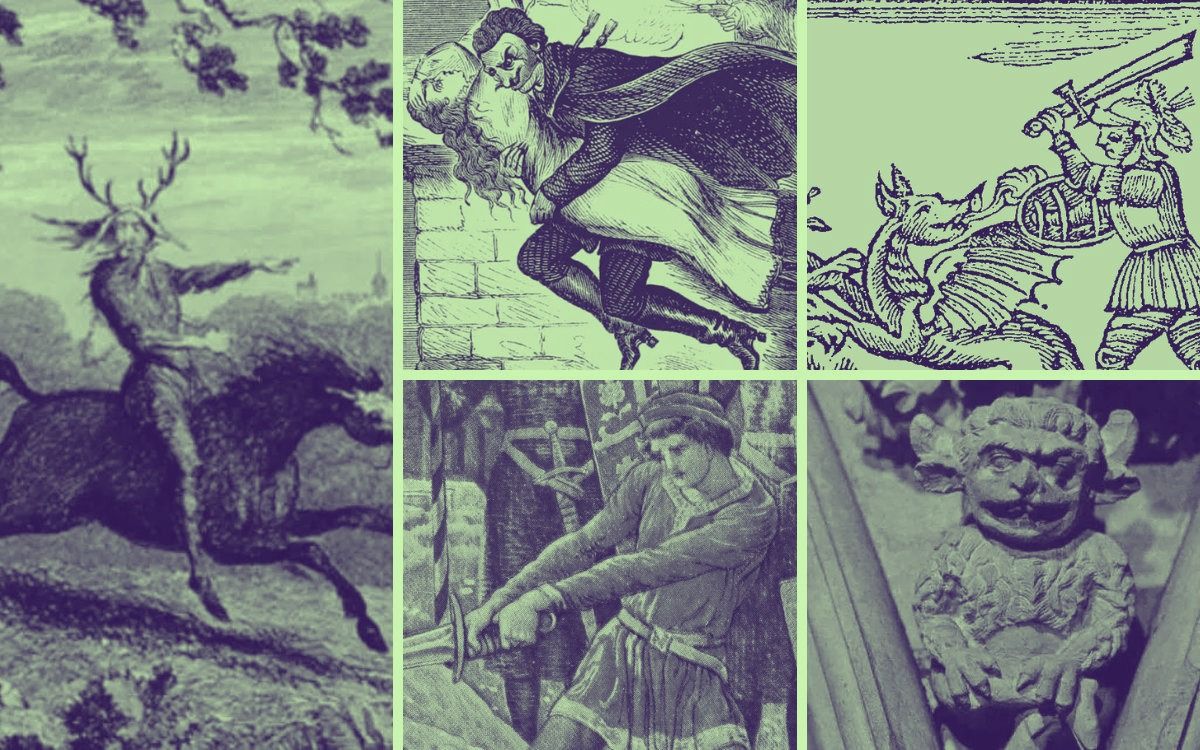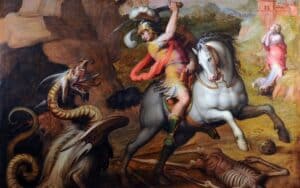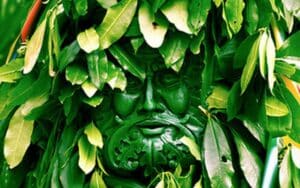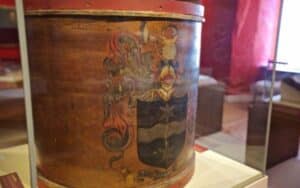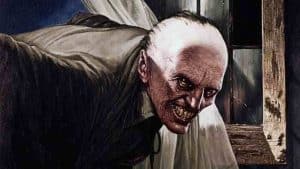English folklore is full of colourful characters. Here are the most famous of them.
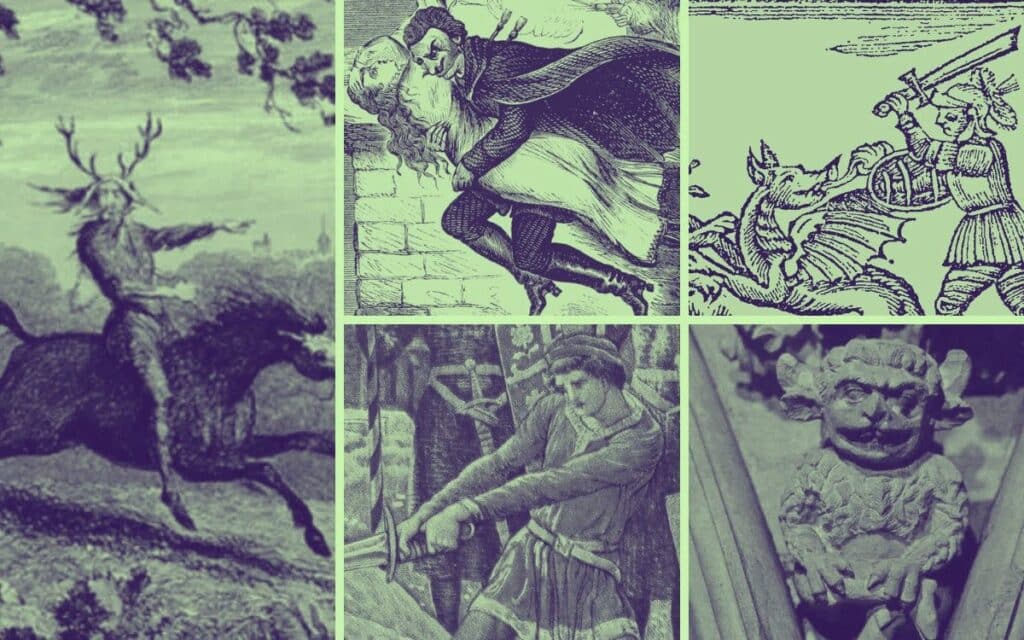
Guy of Warwick
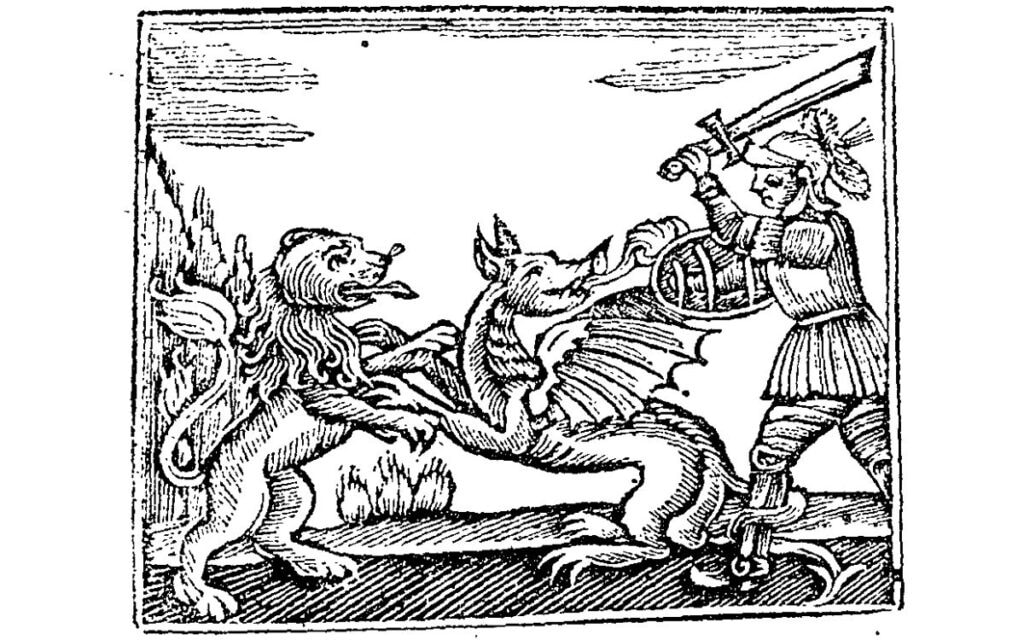
Guy of Warwick was a romantic folklore figure who appeared in stories from the 13th to the 17th centuries. Like King Arthur and Robin Hood, he is one of England’s greatest heroes.
The legend surrounding Guy of Warwick tells of a humble page at the Earl of Warwick’s court. After falling in love with Felice, the Earl’s daughter, Guy is forced to complete a series of tasks and become a knight in order to win her hand in marriage.
These tasks included a variety of challenges, much like Jason of the Argonauts or Hercules from Greek mythology. Guy eventually wins Felice’s hand in marriage after slaying monsters including the Dun Cow and a Giant Boar. His stories and adventures continues, emphasising how it is most likely myth rather than history.
It’s a fantastic story and you can read more about him here.
The Lincoln Imp
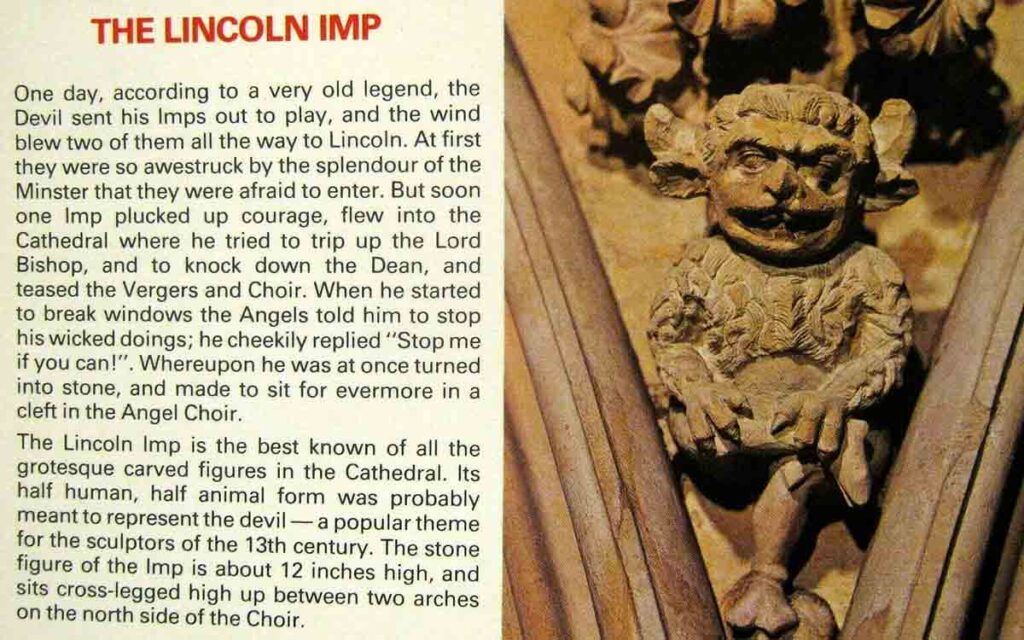
The Lincoln Imp started out as a simple stone carving within Lincoln Cathedral. But it has since become a symbol of the city,
The Lincoln Imp’s legend revolves around Satan sending two small demons to Earth to cause mischief. When these imps arrived in Lincoln, they began causing damage before being stopped by an angel who turned one of them to stone, leaving the adornment we see at the cathedral today. The other imp is said to have gone to Grimsby and been turned to stone in St James’ Church.
Discover more by reading What is the Lincoln Imp? article on Spooky Isles.
Jack o’ Kent
Jack o’ Kent was a cunning 16th-century English-Welsh mythological figure known for outwitting the devil.
Most stories about the crafty Jack o’Kent, who was believed to be born in Herefordshire, involved him making deals with the devil only to use his wits to come out on top.
One of the most popular stories involves Jack striking a bargain with the Devil in exchange for half of his crops.
When asked if he wanted the ‘tops’ or the ‘bottoms’ of the crops, the Devil chose the tops, expecting to get the majority of the wheat from the harvest. Amusingly, Jack planted turnips, which meant the Devil got the stems, the rubbish part of the plant.
The Cauld Lad of Hylton
The Cauld Lad of Hylton takes place in Sunderland. It was said that Baron Hylton murdered a poor stable boy, either intentionally or by accident, because the child was tardy in carrying out his instructions.
In 1609, Robert Hylton, the 13th Baron of Hylton, was cleared of a crime, according to records. This may indicate the story of the Cauld Lad of Hylton has some facts behind it, but the rest is shrouded in mystery.
People claimed that the dead stable boy began haunting the castle by leaving the kitchen unclean overnight or by transferring ashes from the fireplace to the floor.
One of the castle’s cooks stayed up late to work out who was making the mess. She saw the ghost of a boy who was shivering and sobbing.
After that, she left him a warm cloak every night, and the ghosts stopped returning.This is where the term “Cauld Lad of Hylton” originated, and it is still used today.
Read more about The Cauld Lad of Hylton.
Robin Hood
The legend of Robin Hood is often linked to Nottingham and the Sheriff of Nottingham in modern books and stories. This wasn’t always so.
It’s hard to figure out where Robin Hood came from because different parts of the country had different stories and versions, like the one where Robin Hood was a group of thieves.
But Robin Hood has always been thought of as one person: a skilled archer who fought against the corrupt Sheriff of Nottingham to protect the people. He went on adventures with Maid Marian and his group of Merry Men.
Robin Hood’s main goal was to steal money from rich people (like the evil sheriff) and give it to poor people. He also tried to keep the Sheriff from hurting the people in any way.
It’s a fabulous legend and you can spend loads of time learning more about him, including his link to vampires!
King Arthur
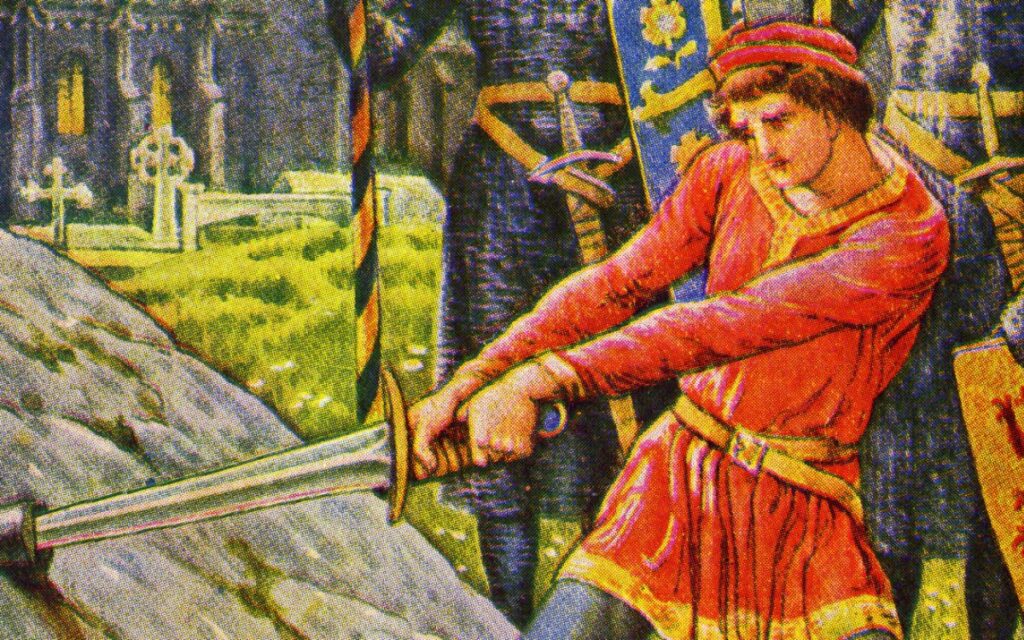
King Arthur is without a doubt one of the most well-known figures in mythology, anywhere in the world.
People became so interested in King Arthur’s stories that at one point, many thought he was a real person. Even so, he wasn’t real, and most of the places and things in the legend about him are made up.
King Arthur’s story is one of the most complicated English folktales. It has many parts, including how he pulled the sword from the stone and became king, as well as his adventures with the Knights of the Round Table and the Holy Grail.
No matter what, King Arthur left a legacy that we still feel today, and he was a big part of making England what it is today.
Jack the Giant Killer
The story of Jack the Giant Killer is about a young man who meets a giant and uses his smarts and cunning to kill it.
The people of the town then call him “Giant-Killer,” and he promises to kill all the giants who live in Cornwall, which he does.
Jack the Giant Killer is often compared to Jack from the story “Jack and the Beanstalk” because they are both smart young men who steal from and beat giants. The stories are different, but they have a similar theme.
Read about Jack the Giant Killer’s battle at St Michael’s Mount in Spooky Isles.
Spring-Heeled Jack
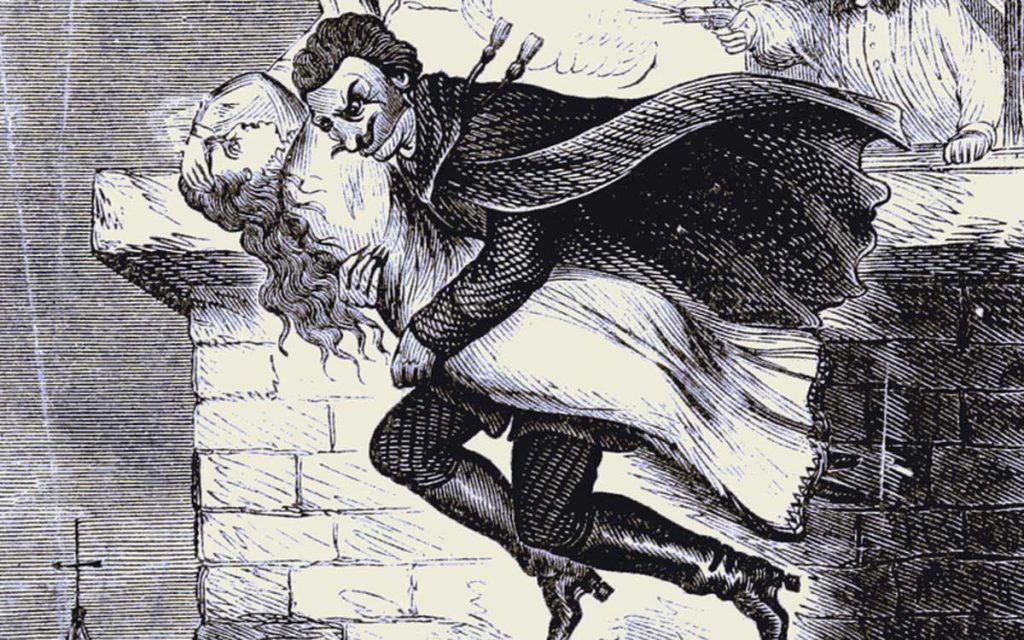
One of the newer characters in English folklore is Spring-Heeled Jack.
Tales of this nimble character emerged in the late 1800s, leading to panic across Victorian London. Rumours spread that Spring-Heeled Jack was a demon who leapt from rooftop to rooftop and, in some accounts, could even breathe fire.
The details of these alleged sightings varied widely, from assertions that the figure was polite and able to speak English to wild claims that he was a ghost or had the eyes of red fireballs.
Despite the fact that the sightings were inconsistent and the reports were so bizarre that the media began to doubt the figure’s existence, the public persisted in creating a legend about the sinister individual and the attacks that were associated with him.
You can still see Spring-Heeled Jack inspired characters throughout modern media and read about him on Spooky Isles.
Herne the Hunter
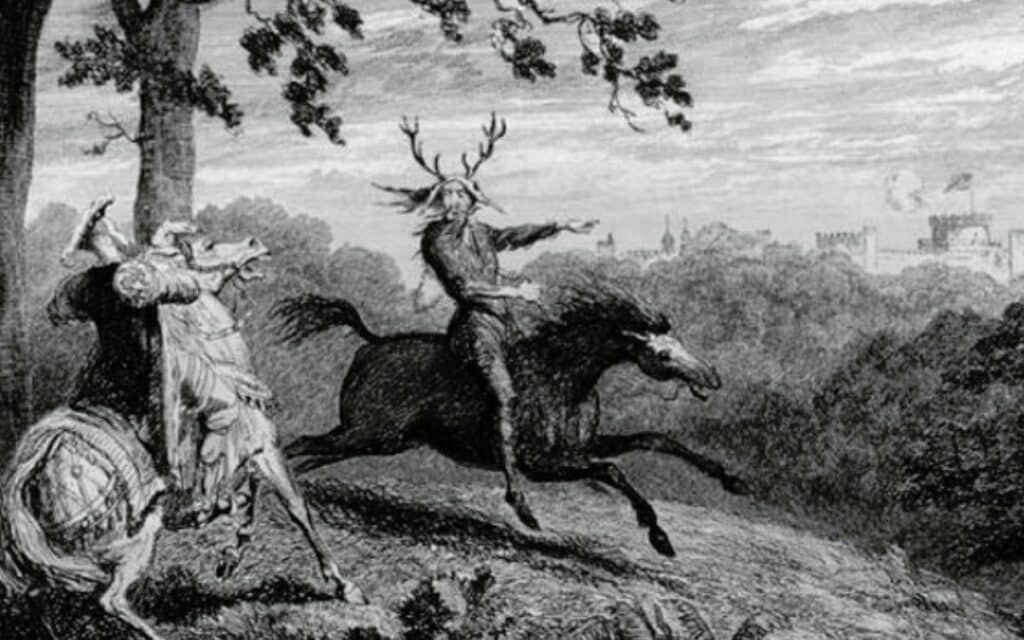
Herne the Hunter is central to England’s retelling of the European folktale, The Wild Hunt.
Told in many different places. The Wild Hunt is usually about a mythical creature or demon leading a “hunt” with an army of demonic beings following behind. The Wild Hunt is deeply entrenched in Nordic Mythology and is led by Odin. However, it has also been a part of English folktales.
The ghost of Herne the Hunter is said to have come from Windsor Forest in Berkshire. He is usually shown riding a horse with antlers coming out of his head. The Merry Wives of Windsor, a play by William Shakespeare from 1597, had a character named Herne the Hunter.
Read about Herne the Hunter: The Spirit of Windsor Forest on Spooky Isles.
The Green Man
The Green Man is one of the most popular and well-known figures in English folklore.
The Green Man’s face can be found all over the UK, sometimes emerging from a tangle of vines or leaves. His features are sometimes made of natural materials. The Green Man is widely regarded as a symbol of fertility and rebirth, frequently appearing in sculptures and stonework, and even in new creations to this day.
There is a good chance that wherever you are in the UK, you will be able to see the Green Man on an old stone building nearby. Particularly if you live near a pub. Many pubs in England are known as “The Green Man”.

